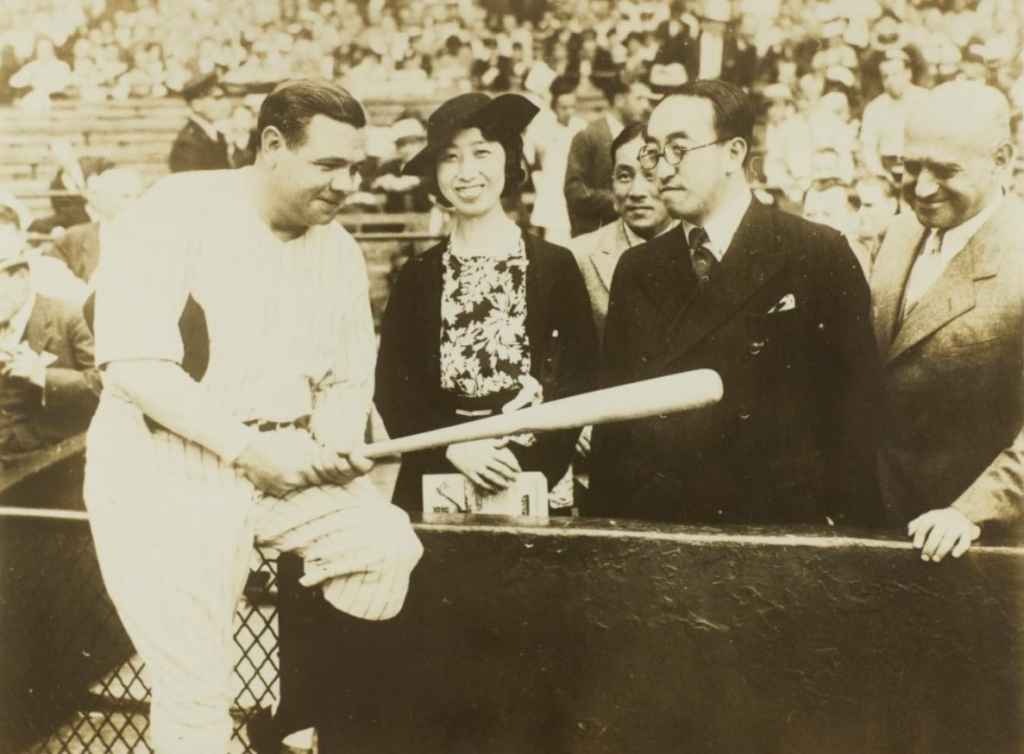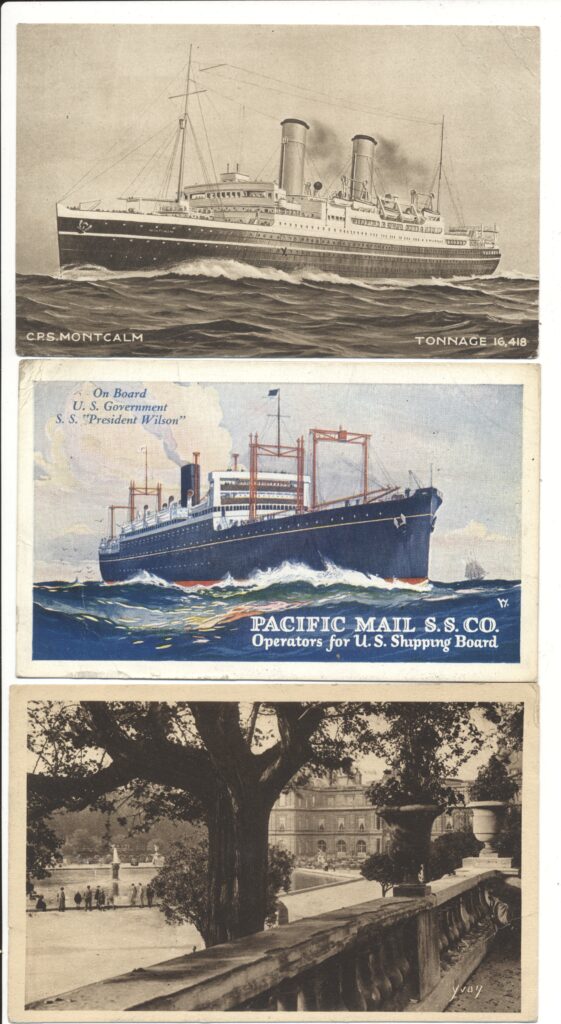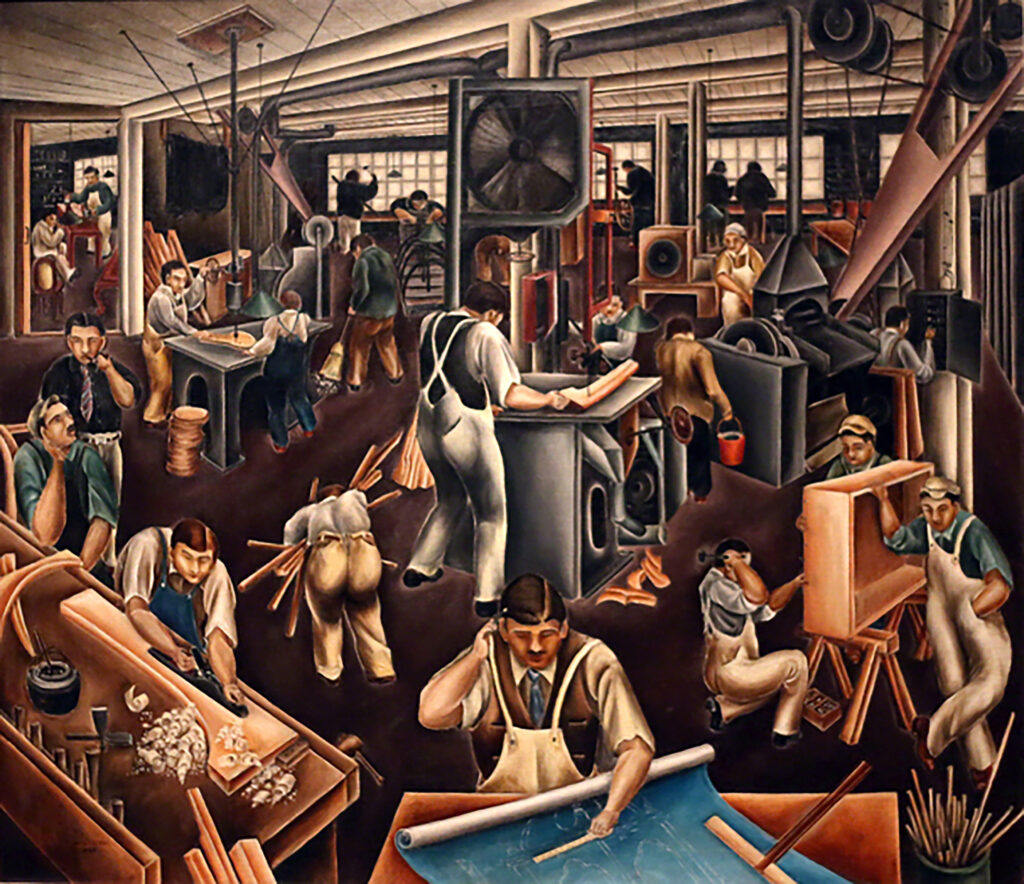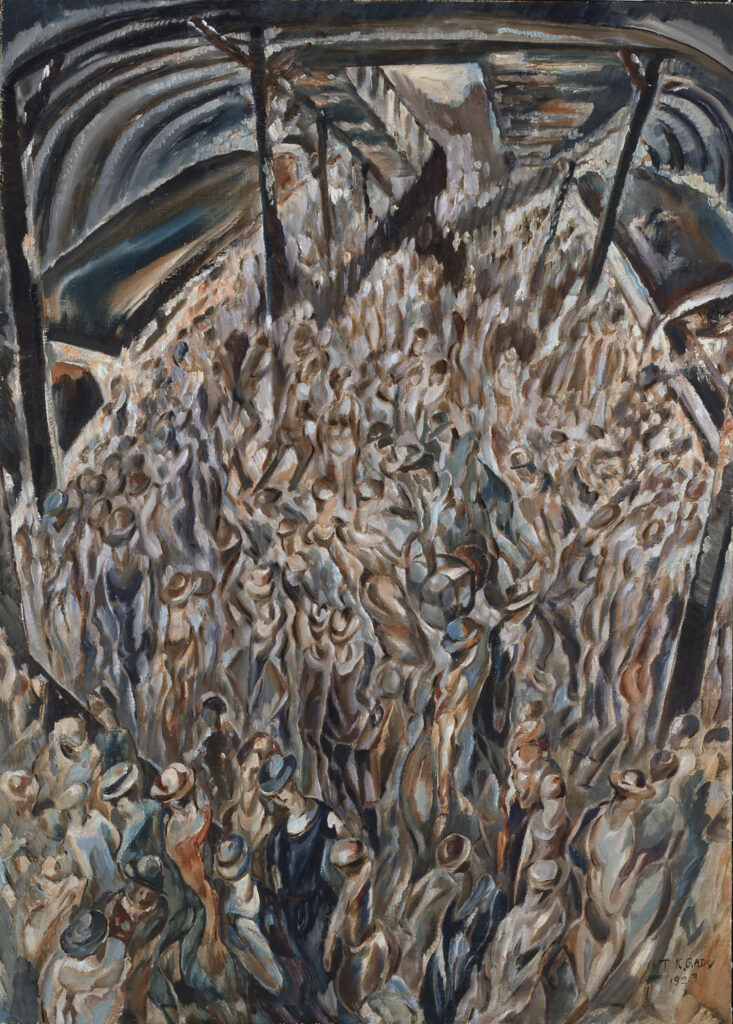Dinner in honor of Their Imperial Highnesses Prince and Princess Kaya by The Japanese Residents in New York

Jiro Kozai Postcards Collection from Around the World to New York in the early 20th Century

デジタル展示
Exhibits View Details View Details View Details View Details View Details View Details
Support
Supporters 2025 CORPORATE SPONSORS Meiji Mitsubishi Corporation (Americas) Mitsui & Co. (USA), Inc. Taisho Tokio Marine Management MUFG UNION BANK Ito En (North America) Inc. Sumitomo Corporation of America Showa KPMG LLP Heisei IHI Americas Inc. ENEOS AMERICAS Meiji Yasuda Life Insurance Co. INDIVIDUAL SUPPORTERS Yoko Otani & Shunichi Homma Susan Onuma Tetsuo Kawate Takayuki Tatsumi Yuichi Tanabe Naoshi Ogikubo COMMUNITY SUPPORTERS The Nippon Club & J.C.C. Fund The Japanese American Association of New York GRANT SUPPORTERS Consul General of Japan in New York US-Japan Foundation The Japan World Exposition 1970 Commemorative Fund (JEC Fund) SMBC Global Foundation Inc. 2024 CORPORATE SPONSORS Meiji Mitsubishi Corporation (Americas) Mitsui & Co. […]
寄付
Donate Since its launch in 2021, the Digital Museum has been perceiving and publishing underrepresented fascinating stories of Japanese and Japanese Americans that contributed to the rich history and culture of New York and Northeastern part of the United States. Please write “Japan History Council” or “Digital Museum” in the note. If you would like to donate by check, please make a check payable to: The Japanese American Association of New York, Inc. 49 West 45th Street, 11th FloorNew York, New York 10036 Please note “Japan History Council” or “Digital Museum” in memo.
Board Members
Board Members Lorem ipsum dolor sit amet, consectetur adipiscing elit. Ut elit tellus, luctus nec ullamcorper mattis, pulvinar dapibus leo. Lorem ipsum dolor sit amet, consectetur adipiscing elit, sed do eiusmod tempor incididunt ut labore et dolore magna aliqua. Ut enim ad minim veniam, quis nostrud exercitation ullamco laboris nisi ut aliquip ex ea commodo consequat. Duis aute irure dolor in reprehenderit in voluptate velit esse cillum dolore eu fugiat nulla pariatur. Excepteur sint occaecat cupidatat non proident, sunt in culpa qui officia deserunt mollit anim id est laborum.
コレクション
コレクション
日本クラブで「ニューヨークの日本人画家たち」特別講義

Dr. Mai Sato, a Visiting Research Fellow at Ritsumeikan University, International Institute of Language and Culture Studies, gave a special presentation on the digital exhibit “Japanese Artists in New York City: Artistic Traces from the 1910s to the 1940s” on March 27, 2024 at the Nippon Club. See “Japanese Artists in New York City,” the digital exhibit online. https://youtu.be/YTDTpSmP9og
VISIT EXHIBITION 1936-1940
VISIT Exhibition 1936-1940 June 1936 The First Competitive Exhibition organized by the American Artists’ Congress SEE EXHIBIT (1/7) > September 1937 Exhibition of Asian Artists Excluded from the WPA SEE EXHIBIT (2/7) > December 1937 Exhibition of In Defense of World Democracy: Dedicated to the People of Spain SEE EXHIBIT (3/7) > June 1938 New York Municipal Art Association Exhibition SEE EXHIBIT (4/7) > 1937, 1938 First and Second Annual Exhibition of the American Artists’ Congress SEE EXHIBIT (5/7) > 1939 The Third Annual Exhibition of the American Artists’ Congress SEE EXHIBIT (6/7) > April 1940 American Artists’ Congress 4th Annual Exhibition SEE EXHIBIT (7/7) >
Kotato Gado

